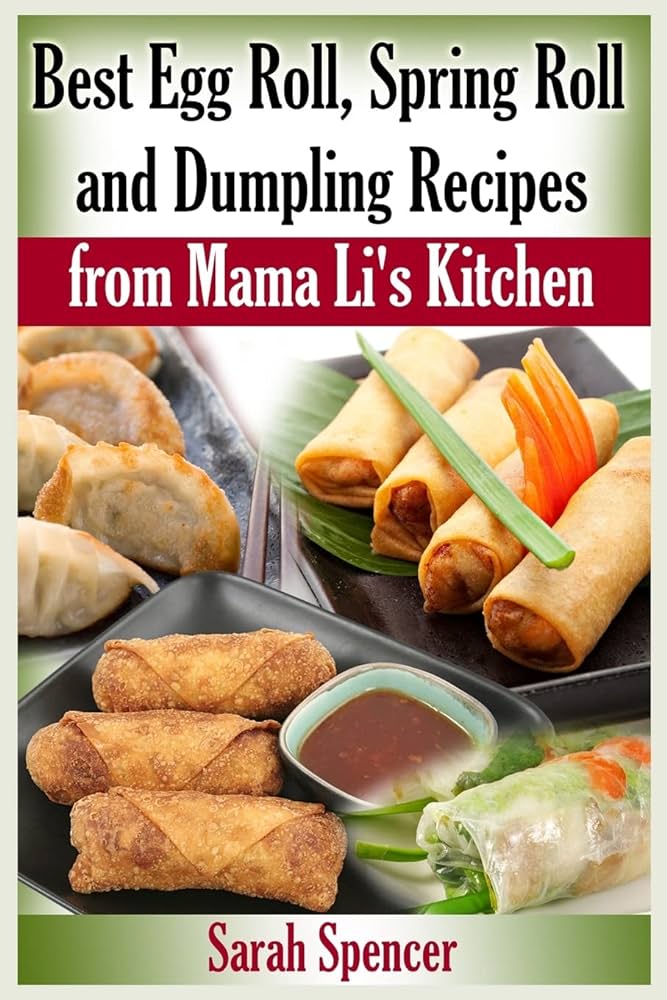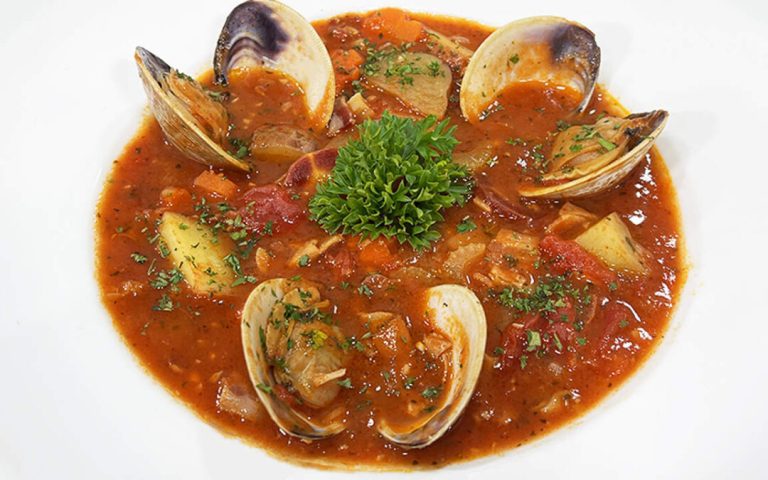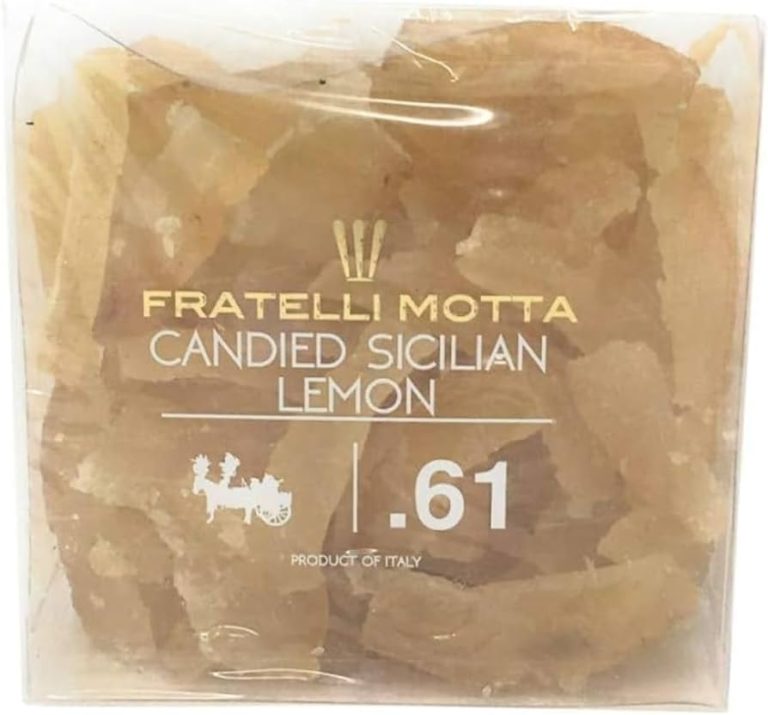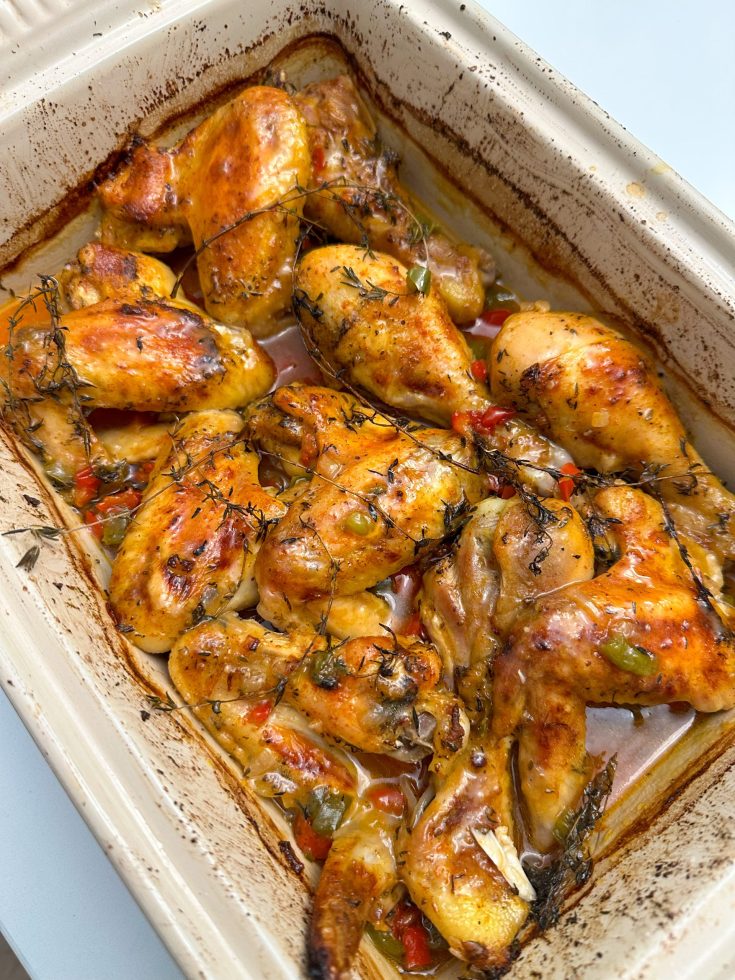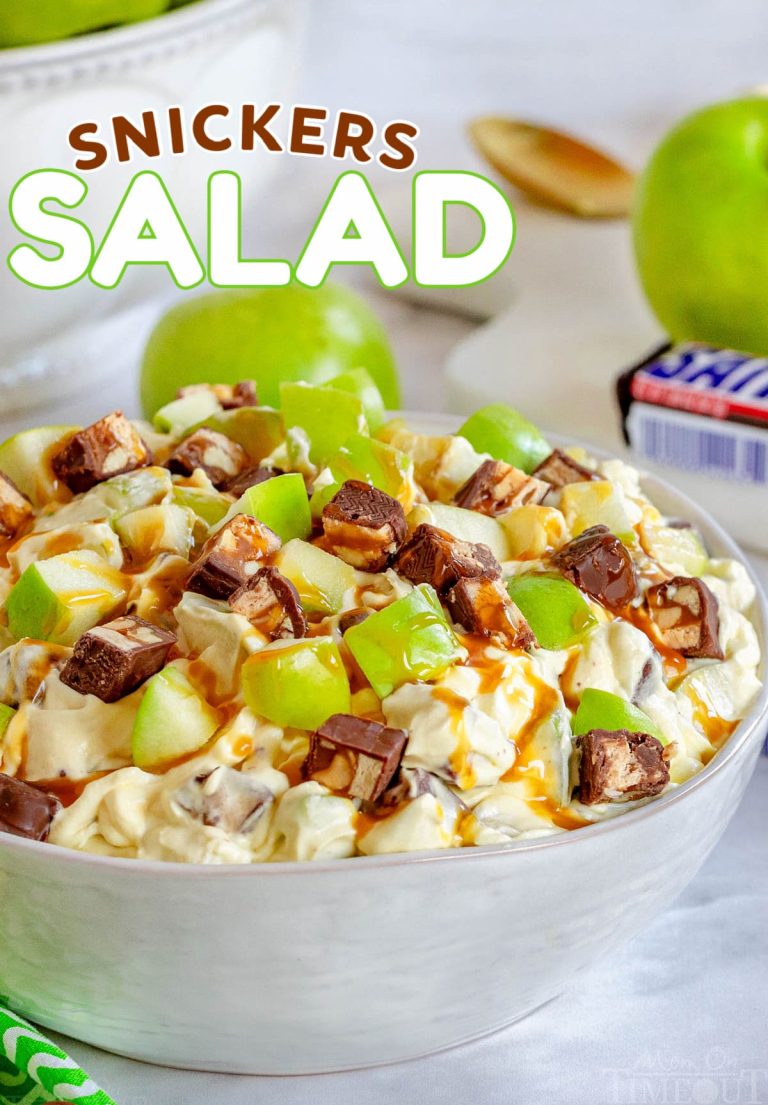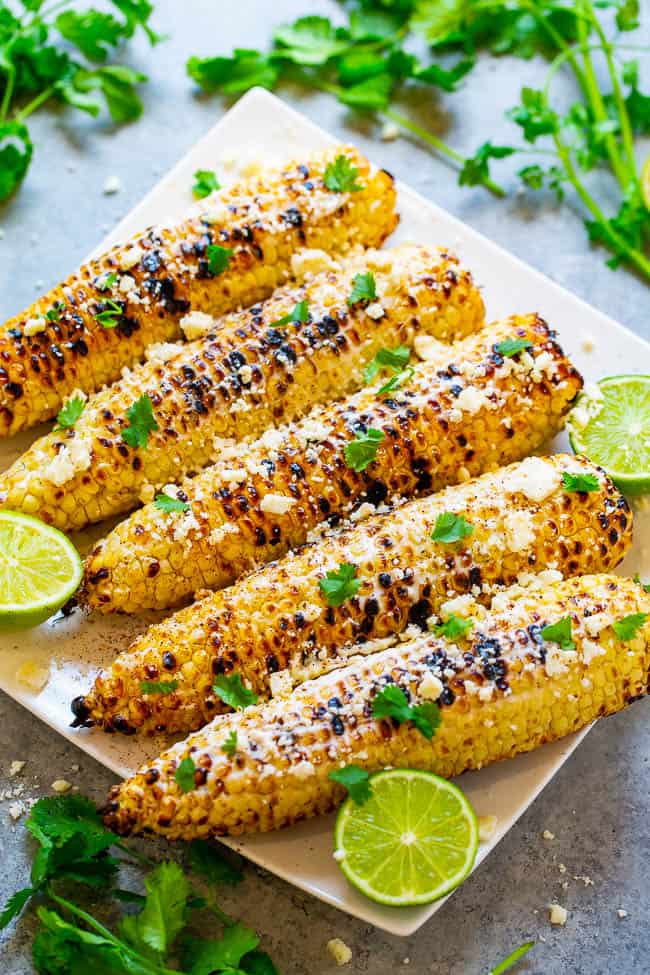Mastering Egg Roll Wrappers: Tips, Techniques, and Top Brands
Egg roll wrappers come in various types to suit different recipes and preferences. The most common kinds include wheat-based, rice-based, and gluten-free options.
- Wheat-Based Wrappers: These wrappers use wheat flour and offer a traditional texture and elasticity. They provide a chewy yet crispy result when fried. Popular in Chinese cuisine, they are versatile for both savory and sweet fillings.
- Rice-Based Wrappers: Made from rice flour, these wrappers are thinner and more translucent than wheat-based ones. They’re often used for fresh spring rolls, offering a different mouthfeel and a lighter texture. They are suitable for those seeking a gluten-free option.
- Gluten-Free Wrappers: These meet dietary restrictions and typically combine rice flour with other gluten-free flours like tapioca or potato starch. They maintain the flexibility and crispiness expected from traditional egg roll wrappers.
Ingredients Commonly Used
Egg roll wrappers incorporate simple yet crucial ingredients to achieve their unique properties. Key components include:
- Wheat Flour: Essential for traditional wrappers, it provides structure and elasticity, creating a wrapper that holds fillings well and fries to a crispy texture.
- Water: Necessary to bind the flour and form a pliable dough. The hydration level impacts the wrapper’s final texture and durability.
- Salt: Enhances flavor and strengthens the dough’s structure, improving the overall taste of the egg roll and providing a balanced seasoned profile.
- Rice Flour: Used in rice-based wrappers, offering a lighter, more delicate texture suitable for fresh rolls and gluten-free recipes.
- Tapioca Starch: Often in gluten-free wrappers, it adds elasticity and creates a chewy texture similar to traditional wheat-based wrappers.
Knowledge of these ingredients ensures optimal use of egg roll wrappers, aiding in creating delicious, perfectly textured egg rolls.
Choosing the Right Egg Roll Wrapper
Factors to Consider
Choose factors that align with your culinary needs. Consider texture, ingredients, and dietary requirements when selecting egg roll wrappers. Wheat-based wrappers offer a traditional crunch and are ideal for deep-frying, making them suitable for classic Chinese egg rolls and fusion dishes. Rice-based wrappers provide a lighter, crispier texture suitable for fresh spring rolls or light appetizers. Gluten-free options, often made with rice flour or tapioca starch, cater to those with dietary restrictions without compromising texture.
Evaluate wrapper size, as it impacts the wrapping process and final presentation. Standard sizes range from 6×6 inches to 8×8 inches. Smaller wrappers are easier to handle and create bite-sized rolls, while larger ones can hold more filling.
Compare freshness and storage conditions. Fresh wrappers usually yield better texture results than frozen ones. Always check expiration dates and store wrappers according to package instructions to maintain quality.
Best Brands on the Market
Several brands stand out for their quality and reliability. Nasoya stands as a widely recognized brand, offering both traditional wheat-based and modern gluten-free options. The wrappers ensure consistent results and ease of use.
Twin Dragon by JSL Foods offers robust, versatile wraps suitable for frying or baking. These wrappers provide durability and a satisfying bite.
Spring Home focuses on rice-based wrappers, providing a delicate, crispy texture perfect for lighter dishes and spring rolls. They are known for their high quality and dependability.
Explore local Asian markets for specialty and regional brands that might offer unique textures and flavors not found in mainstream options.
Culinary Uses of Egg Roll Wrappers
Traditional Egg Roll Recipes
Egg roll wrappers serve as the essential base for making traditional Chinese egg rolls and spring rolls. To prepare classic egg rolls, fill the wrappers with a mixture of shredded cabbage, carrots, ground pork, and seasonings. Roll the wrappers tightly to encase the filling and fry them until golden brown. This method ensures a crispy exterior and a savory interior.
Use the wrappers for spring rolls by filling them with a blend of fresh vegetables, cooked shrimp, and vermicelli noodles. Wrap them tightly and serve with a peanut or hoisin dipping sauce. This dish stands out for its light, refreshing taste and crunchy texture.
Creative Uses Beyond Egg Rolls
Egg roll wrappers offer remarkable versatility beyond traditional recipes. Create lasagna cups by lining muffin tins with wrappers and layering them with ricotta, marinara sauce, and mozzarella. Bake until the cheese melts and the wrappers crisp up for a convenient, bite-sized version of the classic dish.
Make dessert wontons by filling the wrappers with sweet mixtures, such as cream cheese and berries or Nutella and bananas. Fry or bake the wontons until they turn golden brown and serve them with a dusting of powdered sugar or a drizzle of chocolate sauce.
Transform egg roll wrappers into crunchy chips by cutting them into triangles, brushing them with oil, and baking until crispy. Season with salt, paprika, or cinnamon sugar for a savory or sweet snack option. These chips pair well with various dips, including guacamole, hummus, or fruit salsa.
These culinary uses highlight the flexibility of egg roll wrappers, encouraging you to experiment in the kitchen to discover new, delicious dishes.
Tips for Working with Egg Roll Wrappers
Handling and Storage
When handling egg roll wrappers, keep them moist to prevent drying out. Use a damp kitchen towel to cover unused wrappers while assembling egg rolls. For storage, wrap unused portions tightly in plastic wrap and refrigerate for up to 1 week. Freezing extends their shelf life to 2 months; thaw them in the refrigerator.
Cooking Techniques
To achieve a crispy texture, deep-fry egg rolls at 350°F until golden brown, which typically takes 3-5 minutes. For a healthier option, brush with oil and bake at 400°F for 10-12 minutes. Experiment with air frying by cooking at 375°F for 8-10 minutes for a similar crunch with less oil.
Conclusion
Mastering egg roll wrappers opens up a world of culinary possibilities. Whether you’re aiming for the perfect crunch in traditional Chinese egg rolls or experimenting with fusion dishes, understanding how to choose and handle these wrappers is key. With the right techniques for storage and cooking, you’ll ensure your wrappers stay fresh and deliver the desired texture. From deep-frying to baking and air frying, each method offers unique benefits to suit your preferences. Embrace these tips and tricks to elevate your appetizer game and impress your guests with delicious, crispy creations.
